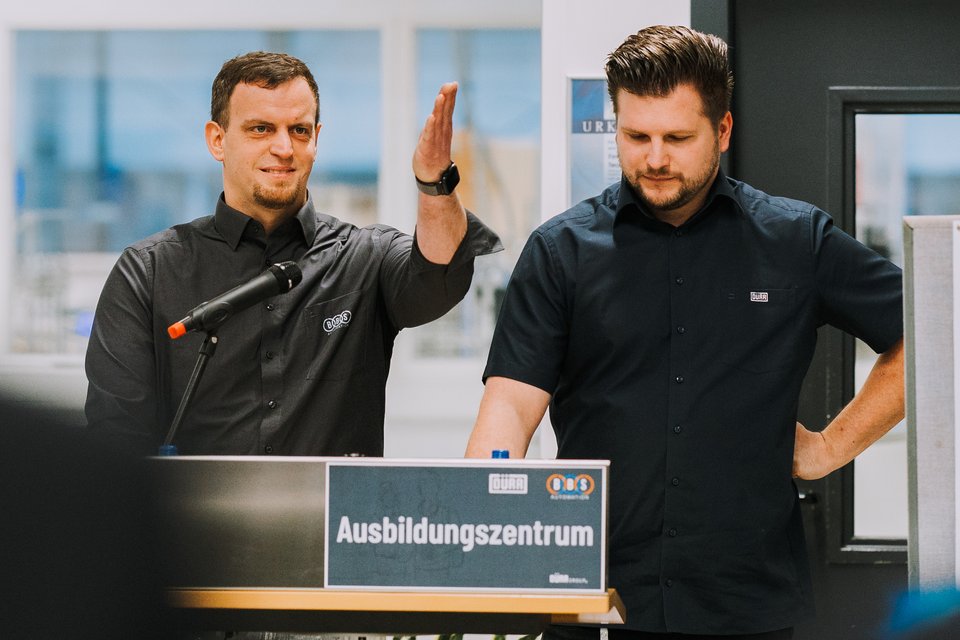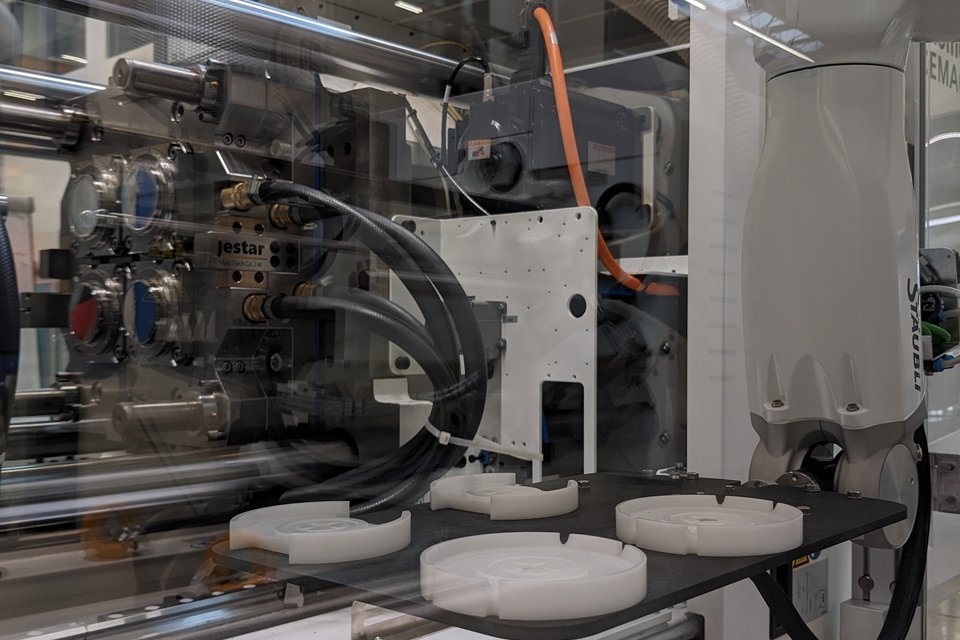In industrial applications, it is not only end products that are manufactured automatically – the components that are installed in machines, systems, and production systems are themselves produced using highly automated processes. These components and assemblies are essential for the operation of industrial systems and must meet the highest standards of quality, precision, and reliability.
Typical products
- Sensors and actuators (e.g., temperature sensors, proximity switches, drives)
- Control and regulation devices (e.g., PLC assemblies, switch assemblies)
- Valves and pump components (e.g., pneumatic systems)
- Electronic assemblies and printed circuit boards (e.g., for controllers, transmitters, and receivers)
- Housings and mechanical support structures (e.g., for installing other components)
- Products used in industrial environments are characterized by a number of properties.
Robustness and durability
- Industrial components are designed for continuous operation under conditions that are often extreme: high temperatures, dust, moisture, vibrations, chemicals.
Standards and certifications
- Industrial products often have to meet strict standards (e.g., ISO, IEC, CE, UL, ATEX).
Service life and maintainability
- Industrial components are often modular in design, repairable, and designed for long life cycles (10–20 years).
Functional safety and redundancy
- In industry, functional safety is crucial, e.g., in emergency stop circuits or safety-critical controls.
Interfaces and integration
- Industrial components often use standardized industrial communication protocols (e.g., Profibus, CANopen, Modbus, OPC UA).
And numerous other features.
Automation technologies in component manufacturing (examples)
- Assembly processes for the precise assembly of individual parts
- Pick-and-place robots for assembling printed circuit boards
- Injection molding systems for plastic housings and insulators
- Laser cutting and welding systems for metal components
- Inline testing systems for real-time quality assurance
Production requirements
Since these components often operate under extreme conditions in industrial applications (e.g., high temperatures, vibrations, humidity), strict requirements apply to:
- Material quality and processing tolerances
- Long-term stability and maintenance-free operation
- Compliance with standards (e.g., ISO, IEC, DIN)
- Traceability through serial numbers and digital twins
- Advantages of automated manufacturing
- High quantities with consistent quality
- Minimization of error sources through standardized processes
- Quick adaptation to new product variants
- Integration into digital supply chains and Industry 4.0 environments

Headoffice
Would you like to contact BBS Automation online?
Then use our online contact form!
Downloads
HEKUdish compact
PDF / 475.25 kB
HEKUdish compact
PDF / 475.25 kB
HEKUdish next Gen
PDF / 621.38 kB
HEKUdish next Gen
PDF / 621.38 kB
HEKUdish compact
PDF / 475.25 kB
HEKUdish compact
PDF / 475.25 kB
Datasheet HEKUdish next Gen
PDF / 621.38 kB
Datasheet HEKUdish next Gen
PDF / 621.38 kB





